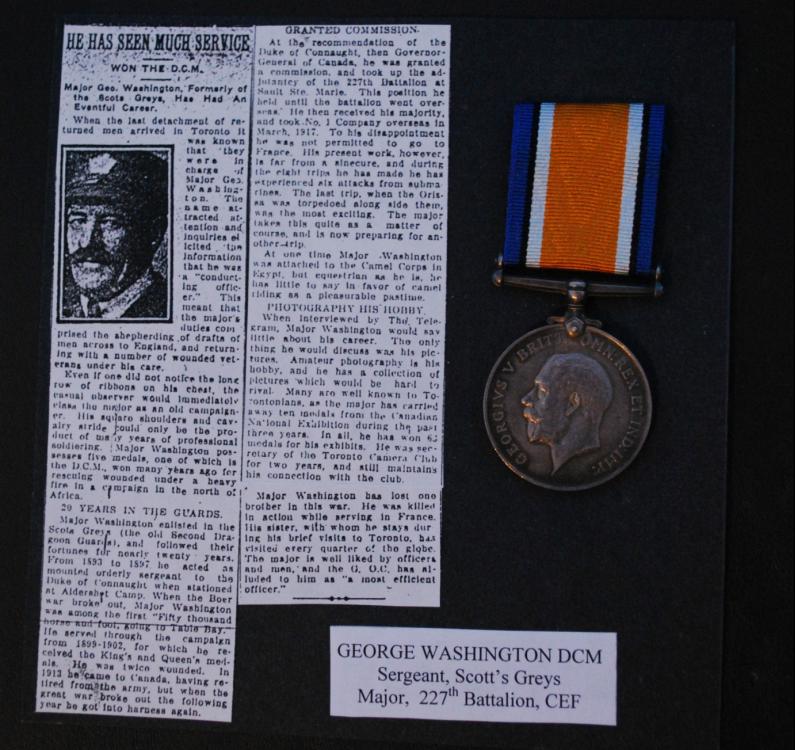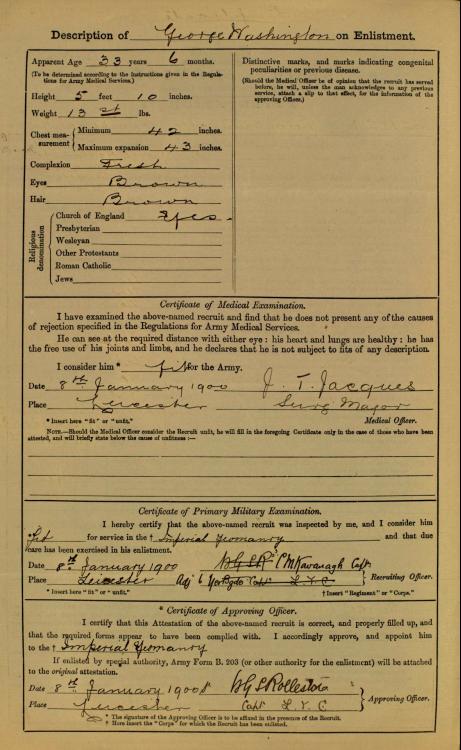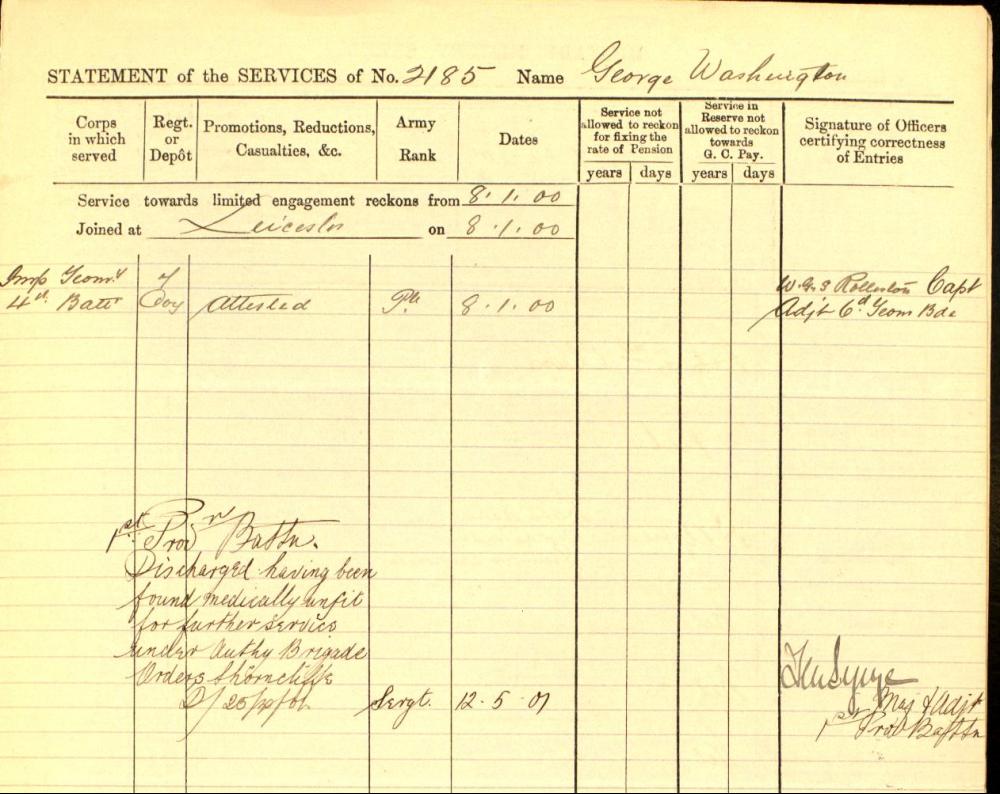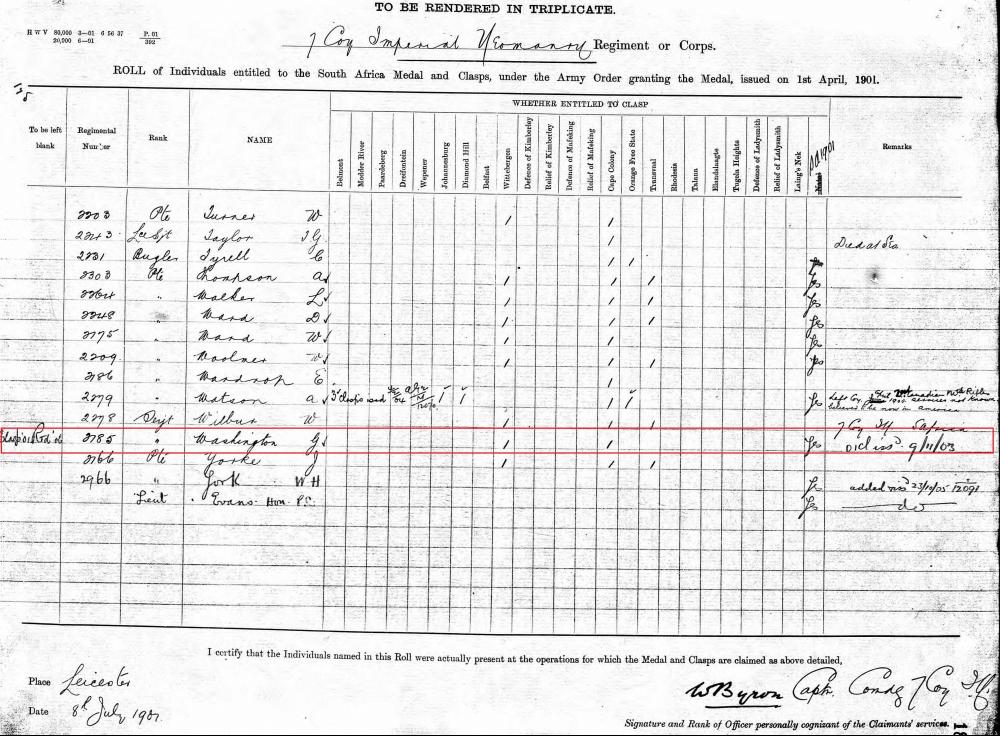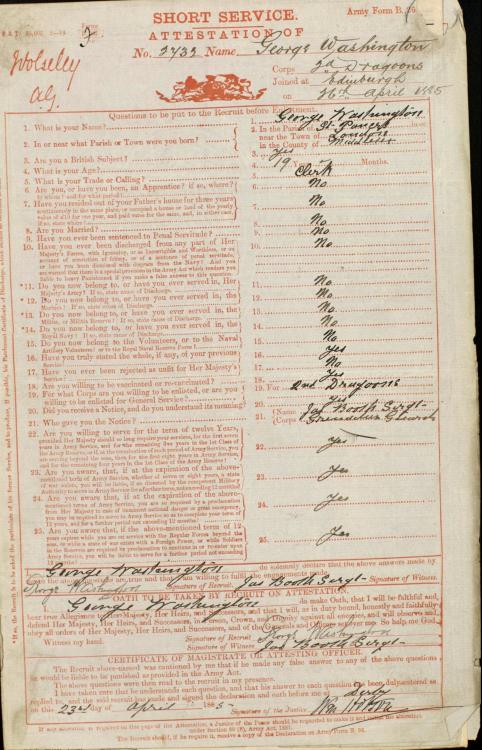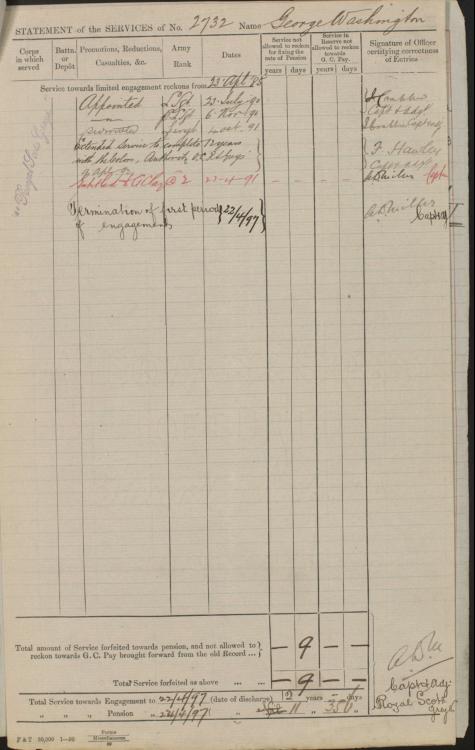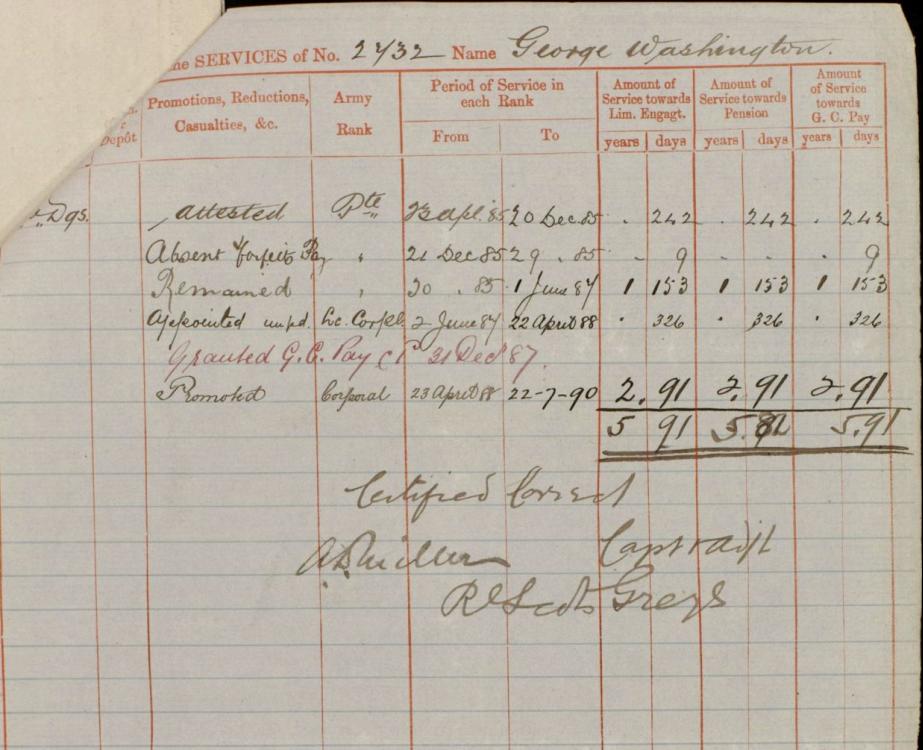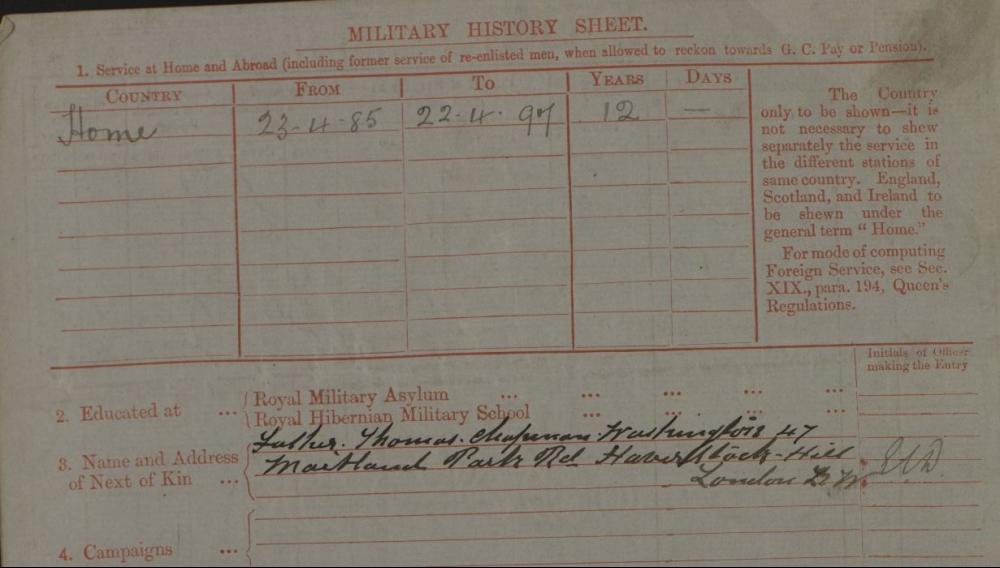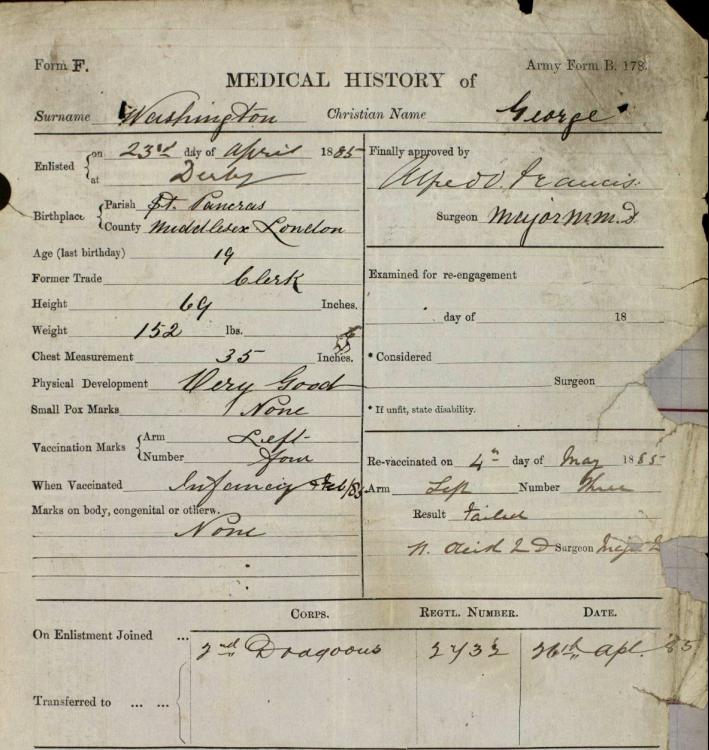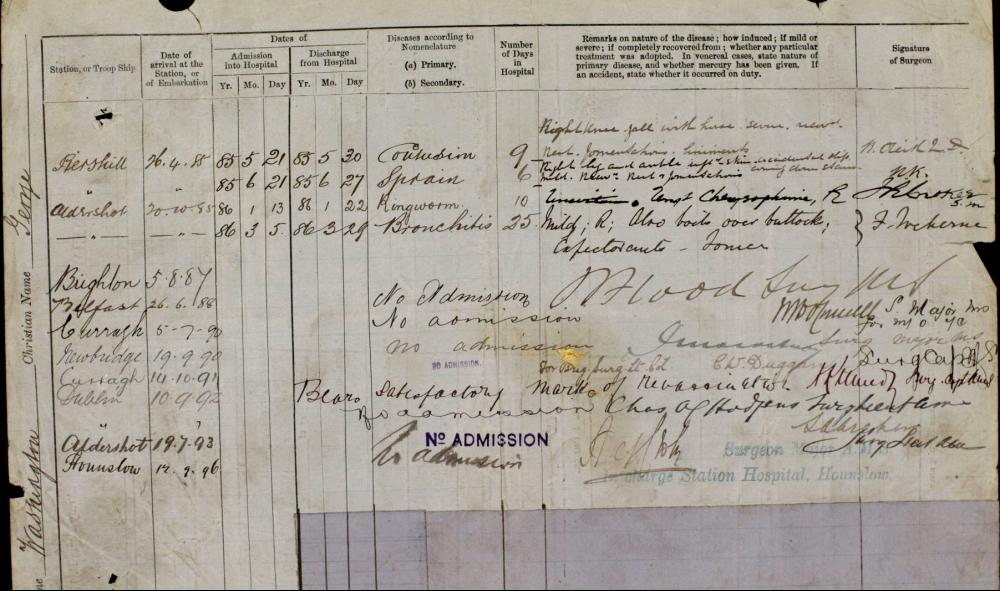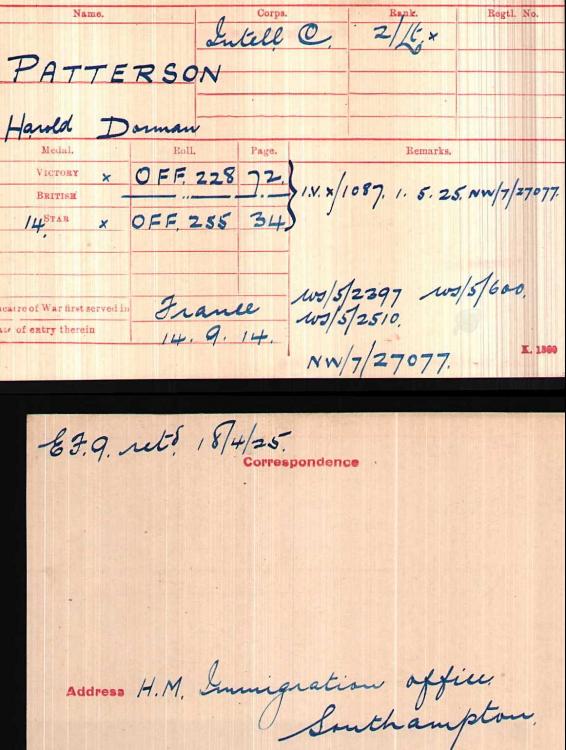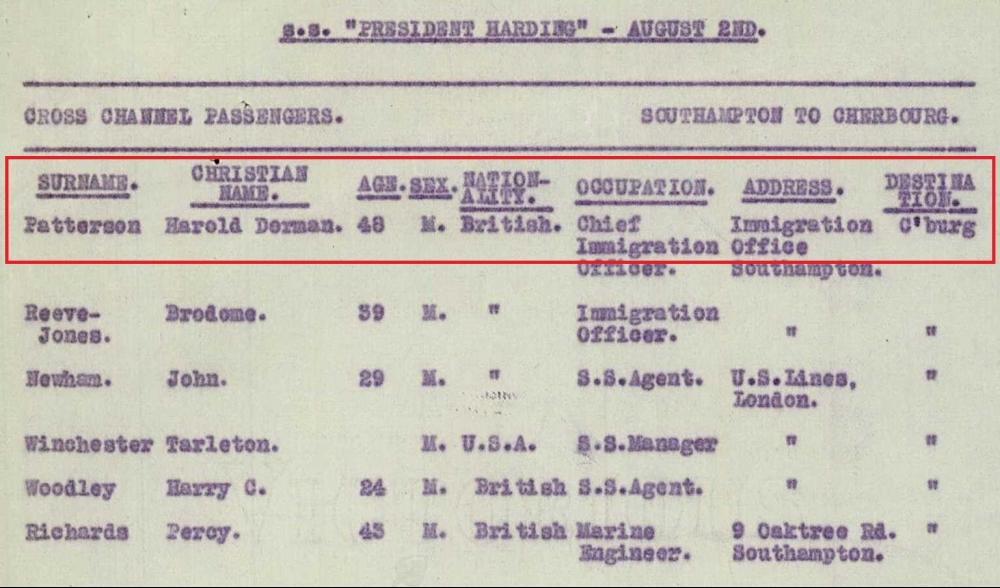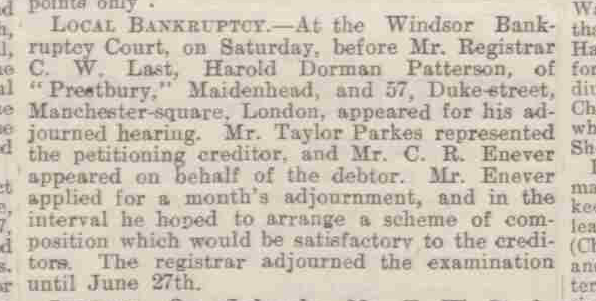-
Posts
2,470 -
Joined
-
Last visited
-
Days Won
2
Content Type
Profiles
Forums
Blogs
Gallery
Events
Store
Everything posted by dante
-
Single broken British WW1 victory medal!! Captain James D'Orsay Murray (January 22, 1874 - January 22, 1946) Veteran of the Spanish American war and the blockade of Cuba, Great War British Army and Nationalist speaker for the America First Committee. He was also associated with the Christian American Guards. Served as a Landsman with 1st Naval Battalion (New York Naval Militia) as a with the USS Yankee (Second division) from the April 28 - Sept. 2, 1898, Cuban Blockade. The U.S.S. Yankee was originally built as the passenger liner El Norteas. She was acquired by the United States Navy in 1898 and commissioned as an auxiliary cruiser and fitted with (10) 5-inch guns, (6) 6 pounders and 2 Colt machine guns. On May 29, 1898 Yankee put to sea with orders to join the fleet off Cuba. On June 6th Yankee duelled shore batteries off Santiago. On June 7th she participated in a cable cutting incursion at Guantanamo Bay. In company of the USS Marblehead, Yankee engaged two Spanish gunboats Alvarado and Sandoval, putting them to flight. Yankee and Marblehead then turned their fire toward shore silencing the fort at Caimanera. On June 13th Yankee engaged the Spanish gunboats Diego Velazquez and Lince, putting them both to flight. It also engaged the Sanbanilla Shore Battery before returning to blockade duty off Cienfuegos. Awarded the Sampson Medal (clasps USS Yankee), West Indies Campaign medal and New York State Spanish War medal In 1914 he was living in Italy as an owner of a vineyard at the time of the outbreak of the First World War. In 1915 he joined the American Volunteer Motor-Ambulance Corps attached to the British Red Cross (March to May 1915), he was initially an ambulance driver/Chauffeur in Doullens France in the Department of the Somme (US Passport Number 2468, Washington) and then Section Seven, Formation Norton-Harjes. I can only find a Jack D Murray on the BRC medal roll, also possible he was also awarded the French Victory medal as the Ambulance unit was attached to the French Army. Commissioned British Army as 2nd Lieutenant Royal Field Artillery, Special Reserve, 7 August 1915, Staff Lieutenant, Royal Artillery, 25th Division, 1916 From 7 January 1917 to July 1917 served with No. 2 Section, 29th Division Ammunition . Column RFA (Then hospitalised) Promoted Lieutenant, RFA SR on 1 July 1917, Captain Murray served first on the staff of General Burney, then as liaison officer on the staff of Lord Allenby from 7 Sept 1918 to sometime in 1919. As well as the 1914/5 star British War medal and Victory, he was awarded an Italian Order Of The Crown 5th Class which was Gazetted in 1919 and Mentioned in General Allenby's Despatches in the London Gazette of 12 Jan 1920 for services with the Egyptian Expeditionary Forces. Nationalist speaker for the America First Committee and supporter of Mussolini and Hitler and associated with the Christian American Guard, created in September 1940,it was not only against entry into the war. It also opposed aid. Its program was simple. Since the United States, if properly armed, was impregnable against German attack, there was no reason to help England. Aid would not only fatally weaken America‘s own defences. It would also draw the country into the conflict. The leaders of the AFC claimed they were motivated by concern for American lives. For some, this was no doubt true. For others, humanitarian rhetoric hid different motives. Many joined the AFC as a way of attacking President Roosevelt and the New Deal. It was dissolved on the 10th December 1941, three days after the attack on Pearl Harbor. At its peak, America First claimed 800,000 dues-paying members in 650 chapters, located mostly in a 300-mile radius of Chicago. “At the meeting of this organization held on Saturday, November 8th, Captain James D'Orsay Murray, a speaker for the America First Committee , was the main attraction. His audience cheered when he gave the Nazi outstretched arm salute and described the customary handshake greeting as a sign of weakness. He praised Benito Mussolini and Adolf Hitler, and referred to Winston Churchill as a drunkard who would be lynched by the people of France if they could get their hands on him. He called President Roosevelt a forger, charging that the secret Nazi Map showing Germany’s intention with regard to South America was a fake. He offered old worn-out Nazi propaganda stories such as the claim that Athenia was suck by the British. He planted the seed of defeatism by claiming that Germany is merely prolonging the agony. Noble, chairman of the meeting, went even further in his praise of Hitler’s New Order and condemnation of the President. He charged that President Roosevelt was responsible for the murder of Huey Long.” Christian American Guards was a California-based front organization for the German American Bund. The group was organised in November 1941. The group was formerly known as the American Guard. Why someone who had volunteered and served in the British army in the great war would take this stand is unknown. He died in 1946 aged 72 at Los Angeles California, Captain James D'Orsay Murray is buried in the Los Angeles National Cemetery as a veteran of the Spanish American War
-
Can anyone shed any light on this man, I believe he was an Alpini, served WW1 and WW2, many thanks, Paul
-
DSO, OBE, Single British War medal; Captain William Lewis Blennerhassett, Intelligence Corps, 5th Army - Examiner of German prisoners, seconded MI.1(c) (Secret Intelligence Service) attached to the Foreign Office Political Intelligence Department, served Great war, France, Switzerland, USA and post war in Russia and Lithuania. William Lewis Rowland Paul Sebastian Blennerhassett was born on 6 October 1882. (Rowland Lewis) (William "Willie" Paul Francis) Rowland Sebastian Blennerhassett (he used the initials R.P.F.C. Blennerhassett, placing Rowland first; W.L.R.P.S. B'hassett, placing William first, and was published and his medals were issued as "W.L. Blennerhassett" He was the son of Rt. Hon. Sir Rowland Blennerhassett, 4th Baronet and Countess Charlotte de Leyden. He married Olivia Frances Grove, daughter of Sir Thomas Fraser Grove, 1st Baronet and Frances Hinton Northcote, on 14 July 1910. By profession was a member of the London Stock Exchange. He died on 24 May 1958 at age 75. He gained the rank of Captain in the service of the Intelligence Corps. He was decorated with the award of the Croix de Guerre. He was decorated with the award of the Companion, Distinguished Service Order (D.S.O.) in 1920. He was invested as an Officer, Order of the British Empire (civil) in 1920. 1914 August 1914, Second Lieutenant (temporary) “Such was the ad hoc manner in which the War Office assembled the “Intelligence Corps” at the outset of hostilities that its recruits came in all shapes and sizes - Blennerhassett is recorded as having reported for duty with his father’s sword and two spare shirts, and to have proved a hopeless motor-cyclist, writing off one of the unit’s Sunbeams after a journey that lasted just 50 yards”. November 1914; Mentioned in Despatches by Field-Marshal French, Commanding-in-chief, British Army in the Field, 20th November, 1914 (Gazette 17th February, 1915) Blennerhasset (t) W. L., Second Lieutenant (temporary) Intelligence Corps He was noted that; “The most eccentric original member of the Corps was probably William Blennerhassett, Thirty-one years old at the outbreak of war, he was described as; An extraordinary fellow, son of a Irish Baronet and a German women. He knows a great many of the Bavarian nobility including prince Rupprecht and he is the oddest creature in some ways, very eccentric and liable to take great likes and dislikes” November 1914; The undermentioned temporary Second Lieutenants to be temporary Lieutenants: W. L. Blennerhassett (General Headquarters of the British Expeditionary Force). 1915 April 1915; Graded for purposes of pay as Staff Lieutenants, 2nd Class.) Dated the 6th August, 1914, Temporary Lieutenants: — W. L. Blennerhasset. (General Headquarters of the British Expeditionary Force) November 1915; Blennerhassett and General Sir George Macdonagh, Director of Military Intelligence met with Irish MP, J.E.Redmond on his visit to the front. http://www.rte.ie/…/Account_of_a_Visit_to_the_Front_by_J.E.… 1916 August 1916; Promotion of temporary Capt. W. L. Blennerhassett 5th Aug. 1916, attached to the 5th Army under Lieutenant General Hubert de la Poer Gough June 1916; Graded for purposes of pay as Staff Captain 25th June 1916:— W. L. Blennerhassett. December 1916; Awarded the French Croix de Guerre, 30th December 1916 (As reported in the catholic newspaper “The Tablet”) attached to the 5th Army under Lieutenant General Hubert de la Poer Gough “The French decoration of the Croix de Guerre has been conferred on Captain William Lewis Rowland Paul Sebastian Blennerhassett, Intelligence Corps, son of the late Right Hon. Sir Rowland Blennerhassett, and uncle of the present baronet” A fellow officer remembered; at the end of 1916 he (Blennerhasset) came to the attention of the Commander in Chief when he crossed no-mans-land and persuaded some German soldiers to desert to the British (possibly liked to the award of the Croix de Guerre). 1917 Not Known 1918 February 1918; He was graded for purposes of pay as Staff Lieutenant, 3rd Class, (Temporary Captain. W. L. Blennerhasset), General List, from graded as Staff Lieutenant, 1st Class 4th February 1918. March 1918; Seconded to MI.1(c) (Secret Intelligence Service) under Captain Sir George Mansfield Cumming RN and attached to the Foreign office, Political Intelligence Department and sent as an agent to Berne, Switzerland. “The reports of the British military agent in Berne, Captain W.L. Blennerhassett to MI.1(c) and forwarded to PID (Political Intelligence Department) were very revealing about the activities of German agents in Switzerland and confirmed PIDs suspicions of the reliability of some of the information it received from that country. Blennerhassett identified the most formidable German agent active in Berne as a man called “Bismarck” who used “Typically” German methods to achieve his ends; a mixture of cunning and childish simplicity. All the concierges in the major hotels in the city were in German pay and they intercepted the mail of the most important “opposition” Germans and Entente agents and passed them to “Bismarck”. Blennerhassett reported that another “Formidable” German agent in Berne was named “Loewengard (see note below) The book “Armour against Fate” states; “His Family contacts explain why he was sent by the secret service to Switzerland to try to establish contact with the German “opposition” Note: In January 1918, Adolf Loewengard a former stockbroker and German intelligence officer based in Switzerland had recruited a former British Soldier Franz Bruno Grob (who had also worked for a number of British Stockbrokers and had been hand picked up to work for MI.1(c) by Mansfield Cumming in Switzerland) as a double agent. The leading German anti-war politician living in Switzerland was Karl Ludwig Krause who was funded by MI.1(c), he was one of those fermenting political dissent within the German armed forces 1919 June 1919; Murmansk Command, Intelligence Corps (noted Russian Speaker) Awarded the Distinguished Service Order (DSO) and MID, Intelligence Corps “D.S.O. London Gazette 21 January 1920: For conspicuous gallantry near Siding on 11 June 1919, when doing intelligence duties, On the advance of the Russian troops being held up, he collected three men and led an advance under heavy fire, thereby assisting greatly in re-establishing the situation. As Intelligence Officer in charge of the forward area, he has rendered invaluable services in controlling an area of some 3,000 square miles.” MID; Mentioned in Despatches, Murmansk 11th June 1920, Blennerhassett, T/Capt. W. L. R. P. S, DSO Special List”. Times obituary 1958, “Blennerhassett ‘worked his experience of revolutionary Russia into material for two novels. The Red Shadow and The Dreamer, which were distinguished less for style or narrative than for their precise descriptions of scenes and events witnessed by the author.” October 1919; Captain Blennerhassett, attached to Foreign Office, Political Intelligence Department and is appointed “Interpreter” with the League of Nations, he attends the First International Labor Conference in Washington, DC USA http://www.erudit.org/revue/meta/2005/v ... 609ar.html According to his Times obituary from May 1958, ‘His abilities as a linguist were known to the Foreign Office” December 1919, Special Appointments Class FF (staff captain) Temporary Capt. W .L. Blennerhassett, General List 1920 July 1920; General List, The undermentioned relinquish their commission on completion of service: Temporary Captain W. L. Blennerhassett, D.S.O., 20th May 1920, and retains the rank of Captain July 1920; Foreign Office, Acting British Vice-Consul at Kovno, Lithuania, with a role to investigate German commercial interests in the Baltics (Foreign Office file FO 3716725) report to the Board of Trade on its “handicap to British trade” Acting British Vice-Consul at Kovno (Kaunas), Lithuania (until June 1921); His obit (Times 26.5.1958, p.states that he "occupied a position in Lithuania on behalf of the British Government"; (Foreign Office file FO 511/16 is a document written by W. L. Blennerhassett at Kovno 4.2.1921); November 1920, Awarded the OBE (civil) London Gazette November 1920, Captain William Lewis Blennerhassett, D.S.O. Services in the Political Intelligence Department, Foreign Office. “The Political Intelligence Department (1918–1920) was a department of the British Foreign Office created towards the end of World War I. It was created on 11 March 1918 by Permanent Under-Secretary Lord Hardinge, It gathered political, economic, and military conditions in both allied and enemy countries and prepared reports for the cabinet, the Foreign Office, and other departments” 1923 He returned to London Stock exchange where he was "a prosperous & highly respected member" for 30 years, with offices at Warnford Court, Throgmorton Street, London 1924 William Lewis Blennerhassett (named in error "Charles Blennerhassett") is mentioned in "The Zinoviev Letter" ch.2 "The Letter", p.57 Published by Heinemann, London (1967) “The Zinoviev letter has been one of the great unsolved mysteries of British politics. Purporting to be an official directive from the Moscow Comintern to the British Communist Party to foment insurrection in the Army, its publication had a devastating impact on the Labour Party's performance in the 1924 General Election. But the truth about its origin and its well-timed publication has tantalised historians and politicians ever since. In this absorbing narrative, the authors reveal in detail for the first time: How the letter was forged by a group of reckless Russian emigres in Berlin. How it was planted in the European intelligence network. How it was received and mistakenly authenticated by the Foreign Office in London. How a former secret agent, single-handed, forced Whitehall to publish it. How the secret service and its "master spy" conspired to ensure the letter's maximum impact”. 1932 “At the time our story opens, in the year 1932, William Lewis Rowland Paul Sebastian Blennerhassett had been a member of the London Stock Exchange for the past thirty years. He could trace his family back to the 14th century, when a Blennerhassett had served as Mayor of Carlisle. Numerous Blennerhassett’s had served in Parliament. William himself had earned a DSO for his service in Military Intelligence and the Foreign Office. He had been a delegate to the League of Nations. In the 1920s, he even published two novels set in revolutionary Russia. He was a rich, respected, highly respectable family man, justly proud of his illustrious heritage. Unfortunately, as events would shortly prove, he was also utterly lacking in humor or any sense of proportionate response. On the morning of May 26, as Londoners read their "Evening Standard," they saw featured within the pages of the newspaper an ad for a yo-yo company. It told the tale of a "worthy citizen" named "Mr. Blennerhassett," who became addicted to playing with yo-yos. It closed with the words, "To-day, he is happy in a quiet place in the country, and under sympathetic surveillance he practises Yo-Yo tricks...So beware of Yo-Yo, which starts as a hobby and ends as a habit." I'm not sure of the wisdom of an ad that touts its product as a likely gateway to madness and the asylum, but never mind that”.He sued the company for slander in a very high profile high court case and lost Published works As "W.L. Blennerhassett" he wrote for; "The National Review" June 1918 "Blackwood's Review" Dec.1918, Jan.1919 & Feb.1919; "The Gospel According to Karl Marx" published. In "The Cornhill" magazine Dec.1919 "A Tragedy of Error: being a contribution towards 'The truth about 1918' " pub. in ["The Cornhill" magazine Dec.1920]; William Blennerhassett worked his experience of revolutionary Russia into material for two novels, "The Red Shadow" (published Duckworth 1922) & "The Dreamer" (published Chapman & Dodd 1922), Contributed to "Encyclopaedia Britannica" on the history of Finland (EB vol.9 pp251-253 of 1962 edition) and Lapland (EB vol.13 p.718 of 1962 ed.) both under the initials "W.L.B."; He wrote letter on Russia to the TIMES 29.6.1920 p.12 Clubs Member of the Wellington & Savile Club
-
Please could anyone help with finding a photo of ; Captain Sir James Lawrence Cotter Bt, late South Irish Horse, 18 Indian Division, 337 Brigade RFA, Mesopotamia 1914-18 Many thanks Paul
-

General Service Medal 2008?
dante replied to bigjarofwasps's topic in Great Britain: Orders, Gallantry, Campaign Medals
Ok this is a completely random thought; The idea of clasps was to save money, the OSM is expensive, so the thought was to have "Near East", North Africa", MENA etc; however when you look at the small amounts of personnel deploying the cost of bars is no more or less than an OSM, also you can correlate the rank of the senior officer deployed on operations to the issuing of a medal.....I also believe that the powers to be are happy for NATO/UN medals to be worn in lieu............ -

General Service Medal 2008?
dante replied to bigjarofwasps's topic in Great Britain: Orders, Gallantry, Campaign Medals
Quote from the British medal Forum Nov 2015 "The Defence Instruction and Notices (DIN) outlining the institution of the GSM 2008 has been published. For those with access to DII, it's 2015DIN09-022. As the DIN is yet to be published in the public domain (without wishing to seem precious), I'm not in a position to add much more, other than to say the ribbon is a combination of green and purple and that the approved clasps (5 thus far) are broad geographic areas rather than specific operations and locations". Nothing further heard... -
My research has taken a unusual direction, firstly the man I thought served in South Africa was not him (see below) I have been in-touch with the "Arbuthnot" family archivist and I quote "I can’t find Arthur’s birth, or his parent’s marriage, or any siblings". Further his 1929 grave registration ;"I did find this which gives his birth as England. Ormby is Hornby". Arthur Ormby Arbuthnot Ontario, Toronto Trust Cemeteries Name Arthur Ormby Arbuthnot Event Type Burial Event Date 10 Jul 1929 Event Place Toronto, Ontario, Canada Age 50 Birth Year (Estimated) 1879 Birthplace England Cemetery Mount Pleasant Cemetery Cemetery Section and Lot 12 3 20 Plot Owner's Name Maud Alice Arbuthnot Relative's Name M A Arbuthnot Relative's Address 31 Pretoria Ave Toronto Page 238 Volume Date Range Volume 04, 1920-1931 The Archivist goes on to say; "I’m beginning to think he made the name up. All the evidence can only have been supplied by him. There is no evidence he existed before the marriage in 1913. No birth, no parent’s marriage, no siblings and none of them are in any census in England or Ireland. Same with his military history, nothing confirmed pre 1913". His Canadian documents are on line but give no pre 1913 information, his engagement details are below...a Mystery!! Welcome your thoughts
-

Murdered in England
dante replied to dante's topic in Great Britain: Orders, Gallantry, Campaign Medals
-

Murdered in England
dante replied to dante's topic in Great Britain: Orders, Gallantry, Campaign Medals
Update; World War One War medal named to 114755 Sgt. H.M. Ozanne 9th Canadian Mounted Rifles. Includes original transmittal box. Henry M. Ozanne was born at St. Peter Port, Guernsey, Channel Islands. He served 1 year, 5 months in the London Rifle brigade. Six years in the 2nd Volunteer brigade, Hampshire Regiment. He attested into the 9th Canadian Mounted Rifles at Swift Current Saskatchewan. Next of Kin was his father at Velnord, Channel Islands. His occupation was farmer. He arrived in England on the 3rd of December 1915. On the 8th of December 1915 he was murdered at Bramshott Camp by Lt. George Coderre, Adjutant of the 41st battalion. The murder of Sergeant Ozanne was a national tragedy and every newspaper in Canada carried the story of his murder and Lieutenant Coderre's (http://www.canadiangreatwarproject.com/ ... subsequent) trial where he was sentenced to death. According to the newspaper stories Corderre murdered Ozanne in order to rob him of his money. Coderre was sentenced to death in civilian court, however this sentence was later commuted to a term of imprisonment when Coderre was judged to be insane. " The Murder at Hindhead Chase, Grayshott by Jan & Gordon Gale (2007)" It was December 1915. The Great War had started in the previous August and the British Empire had sent troops to Britain to help in her fight against Germany. One such body of troops was the 9"' Canadian Mounted Rifles. The troops were stationed at Bramshott undergoing training before being sent to France, whereas the Commanding Officer, the Assistant Regimental Adjutant and other officers were billeted, with their batmen, at Hindhead Chase, in Crossways Road, Grayshott. The 22 year old Assistant Regimental Adjutant, Lieut George Codere, was nicknamed 'Fou', or `Fool,' Codere, because of his erratic behavior. The C.O. had already decided that, when the regiment was sent to France, he would not be allowed to accompany it. He was the officer temporarily entrusted with the regimental canteen funds which had been handed over by the canteen sergeant, 37 year old Sergeant Ozanne. Although belonging to the 9th Canadians, Ozanne was an Englishman who had moved to Canada and joined the regiment. His parents were still living in Southampton. Once Codere was in possession of the funds he stole some and asked Ozanne to help hide the theft. Ozanne refused. Saying that he wished to discuss the matter, Codere invited Ozanne to Hindhead Chase one evening and, following an argument, killed him with a trench stick (a leather-covered rod of lead) in what is now the small Sitting Room,. Following this he dragged the body into the cellar and inflicted a great number of stab wounds. Codere then instructed a batman to help him take the body to one of the stables at the bottom of garden. The batman eventually told the C.O. what had happened. Codere was soon arrested and held at Whitehill Police Station. In every case of a suspicious or violent death an inquest must be held to determine whether it is the result of foul play. This inquest was started in what is now the Dining Room at the house; continuing at the Village Hall. It was clear that foul play had occurred: Codere's trial followed. The judge gave the jury three options: they could find Codere either `Guilty', `Not Guilty' or `Guilty but Insane'. Lt George Coderre was sentenced to death but that was commuted to penal servitude for life on grounds of insanity. Unfortunately, internet searches fail to turn up any further references to the case. Codere started his imprisonment in England but was later transferred to a prison for the insane in Canada. On the day of his funeral Ozanne's body was escorted from the Drawing Room of the house by members of his family, his regiment and the regimental band. The parade was halted in Crossways Road to allow the trumpeters to play the Last Post. He was buried, with full military honours, in the old cemetery in The Mount, Guildford, where his grave can still be seen. http://www.grayshott-archive.org.uk/mod ... cle&sid=33 Murder, inquest & remand: issues December 10th-23rd, 1915 Trial & sentence: issues February 5th - 7th, 1916 Failed appeal: issues February 15th & 29th, 1916 The war medal was Sgt Ozanne's his only entitlement. The book Hampshire Murders Paperback – Illustrated, 2 Feb 2009 by Nicola Sly (Author) has a full article on the murder. There is a digital collection with more newspaper stories at the veteran's Affairs Site.http://www.veterans.gc.ca/eng/collectio ... tos/401551 -
Single Victory medal; to Captain William Harrison Hudspeth, Interpreter Chinese Labour Corp 1917-19 and British Methodist Missionary Shanghai, Fellow of the Royal Anthropological Institute Awarded the Order of Wen-Hu 5th Class (1920) and MBE in 1946 for his conduct while interned by the Japanese during WW2 William Harrison Hudspeth (1887-1976) was born at Willington, Co. Durham and was trained for the Methodist New Connexion ministry at Ranmoor College. In 1909 he travelled to China as a junior colleague of the missionary Samuel Pollard. He returned to Europe after several years and saw service as a Commissioned Interpreter in France with the Chinese Labour Corps (1917-18) during World War 1 (Awarded the Chinese Order of Wen-Hu 5th Class (1920) and Mention in Haig's, Despatches 8th November 1918) before going up to Cambridge University to study Oriental Languages and Anthropology (Fellow of the Royal Anthropological Institute) . After graduation he returned to China to work among the Montagnard Miao people and native Chinese, acting for many years as the Secretary of the British and Foreign Bible Society. In 1939 nearly five million copies of the Bible were distributed in China, largely through his efforts. During World War 2 Hudspeth suffered interment by the Japanese and detained in the cells of the Headquarters of the Shanghai Kempei Tai at the Bridge House Hong Kong war crimes trials (WO235/1117) 1948 “In that he at Shanghai between 1st September, 1942, and 30th November, 1942, Sergeant Major Yokohata Toshiro as a Sergeant in the Shanghai Kempei Tai, was, in violation of the Laws and Usages of War, concerned in the ill-treatment of civilian residents of Shanghai and in particular of The Reverend W.E. Hudspeth (others noted) detained in the cells of the Headquarters of the Shanghai Kempei Tai at the Bridge House, causing them all physical suffering” (Bridge House being noted as Kempei Tai’s most extensive torture chambers in Shanghai (The Doolittle flyers were interned here). The Accused was a Sergeant Major, attached to the Legal Section of the Northern Branch section of the Shanghai Kempei Tai. He worked at Bridge House, which was a place of detention for civilian residents who had been arrested by the Kempei Tai on suspicion of being agents of the Allies (espionage). The Shanghai Kempei Tai was assigned to extract confessions from the detainees. The members were under pressure from their superiors to produce evidence of espionage. The Judge Advocate, in reviewing the case, submitted that “it appears that the authorities were not concerned as to whether in fact those individuals were guilty of espionage so long as they were able to satisfy their superiors by the production of an admission of guilt. The methods employed in extracting these “confessions” from people who were mostly innocent” included including “water torture”, hanging, thrusting spikes under the fingernails, burning, beating and electrical shocks. He was awarded the MBE in 1946 for services to fellow prisoners whilst interned by the Japanese. The KING has been graciously pleased to give orders for the following appointments to the Most Excellent Order of the British Empire, for the following awards of the British Empire Medal and for the publication in the London Gazette of the names of the persons specially shown -below as having received an expression of Commendation for their brave conduct. To be Additional Members of the Civil Division of the Most Excellent Order of the British Empire: William Harrison HUDSPETH, Missionary, British and Foreign Bible Society, Shanghai After liberation was briefly involved in the War crimes trial of the Shanghai Kempei Tai before he went to Canada as the Bible Societies representative. Prolific author on Anthropology and Religious studies. He retired to England in 1953 and Died in 1976 aged 88 in Bromley Kent
-
Recent eBay purchase; Single WW1 British war medal to Major Arthur Hornby Astley Corkran Arbuthnot, entitled to the Queens South Africa with four clasps (missing medal) served with the 3rd Battalion Seaforth Highlanders attached 3rd Battalion Highland Light Infantry; (S. African War, 1902 - Operations in the Transvaal and Orange River Colony, Mar to 31st May, 02. Operations in Cape Colony, Jan to Mar 02. Queen's Medal with 4 clasps). He is also noted as being on the British North Borneo Company Mat Salleh expedition (December 1899 a company expedition attacked Mat Salleh's fort at Tambunan. At noon on 31 December 1899, a chance shot from a Maxim gun hit killed Mat Salleh) if any one has any more information on this please let me know! From February 1916 he was Captain and Adjutant of the 76th Canadian Overseas Battalion and then Major of the 169th Battalion (109th Regiment), CEF, service in England. He is noted as formally serving with the 33rd Battery Canadian Field Artillery prior to him joining the 76th Arthur Hornby Astley Corkran Arbuthnot was born on March 6, 1879, in Mullingar, Westmeath, Ireland, the child of James A C and Mary. He married Alice Maude Johnston on September 3, 1913. They had one child during their marriage. He is noted being a chartered accountant, he died on July 8, 1929, at the age of 50. Interestingly on the QSA medal roll he is listed as "A C Arbuthnot" in 1914 an "A C Arbuthnot" served as a Volunteer driver with No 1 Ambulance British Red Cross in France from 8th October 1914 to April 1915...???
-

Battle of Kafr-el-Dawwar
dante replied to bigjarofwasps's topic in Great Britain: Research, Documentation & History
A wing was generally detached unit normally mounted infantry on each of the flanks during a move "column on route" if you consider a butterfly the body is the column and the wings spread each side, they can be as big or small as needed and would have all arms available -
1915 Star Trio to Captain Leslie Booth Mackay 6th Battalion Royal Lancaster Regiment and Intelligence Corps Wounded in the ‘V.C. action’ at Bazentin-le-Petit, 30 July 1916. Leslie Booth Mackay was born on 20 September 1883 in Chatham. On his military records he is noted as being employed as a Printing works Manager at Court Lodge, Maidstone Road, Chatham (W & J Mackay and Co Ltd (Printers) Chatham) (His father is noted on the 1911 census as a Proprietor and Printer) however on the same census he is noted as a Musician and Singer!, He was commissioned a Lieutenant in the 6th Battalion Royal Lancaster Regiment on 18 November 1914. With 38 Brigade, 13 Division, the battalion landed at Cape Helles, Gallipoli on 6 July 1915. A few days later he was sent to 87 Field Ambulance suffering with severe exhaustion and haemorrhoids. He was invalided to England aboard H.M.S. Dongola and was treated at Netley. Recovering he was posted to France with the 7th Battalion in February 1916 and was advanced to Captain in June 1916. He suffered a machine gun bullet wound to the arm at Bazentin-le-Petit, Somme, on 30 July 1916 - the same day Private James Miller of the 7th Battalion won the Victoria Cross (interesting the RLR museum does not know who gave James the message or who he gave it to??). After convalescing in England, he returned to France in July 1917 on probation with the Intelligence Corps, 1st Cavalry Division, graded 2nd Class Staff Lieutenant on the General List and appointed 3rd Class Agent on 12 August 1917. He was demobilised from the Intelligence Corps, Cavalry Division on 9 April 1919. In 1923 he founded the Chatham Rotary club and alongside his brothers was a Director of the family printers, his love of music also continued a the founder of the Leslie MacKay choir based in Chatham, England He died in Chatham in 1970
-
Single WW1 British war medal (only entitlement) to Major George Washington, Canadian army.... Whether by default of design seems to have embellished his military service by adding the DCM and other medals as well as his length of service.....having said that he served with distinction at home and abroad.....he also had a liking for taking photographs of naked women...... !! George Washington was born in 1872 in Leicester, England. he enlisted in the British Army serving 12 years with the Scots Greys, 2nd Dragoon Guards and 1 year with the Leicester Imperial Yeomanry in South Africa (note the five mentioned) and was discharged unfit. He never was later assigned to the Camel Corps in Egypt. He was never wounded and was only ever awarded the The Queen's South Africa (QSA) Medal Clasps: Wittebergen, Cape Colony, South Africa 1901. On the 24th od May 1916, on the recommendation of the Duke of Connaught, Governor General of Canada, he was given a commission as the Adjutant of the 227th ( Manitoulin Island and Sudbury) Battalion. Attested into the 51st Soo Rifles and then the 227th battalion at Sault Ste. Marie. Promoted major and placed in charge of Number 1 Company On the 10th of April 1917 he embarked from Halifax for England on the H.M.T. Carpathia with the 227th Battalion. On May 26th 1917 he was struck off strength of CEF in England for dispersal to Canada, surplus to establishment and discharged from the CEF in June 1916. On the 14th of February 1918 he was appointed conducting officer escorting wounded soldiers to Canada and new battalions back to England. (He claims to have experienced six submarine attacks during his eight trips across the ocean). On the 7th of January 1919 the Toronto Telegram reports that Colonel Bickford has selected major Washington for special duty with the Canadian Siberian Expeditionary Force. There is no record that he did go to Russia and on the 20th of January 1919 he was attached to clearing service command, Quebec. In January 1920 he was S.O.S. of the CEF at St. John New Brunswick. On the 20th of September 1920 he was suspended from the Toronto camera Club for taking nude pictures after being warned not to do so. He died on the 30th of March 1927. 2
-

Service in the shadows
dante replied to dante's topic in Great Britain: Orders, Gallantry, Campaign Medals
Further to the above, he was made bankrupt in May 1914, but this does not seem to have impacted on his career as he made it to HM Chief Immigration officer in 1925 being appointed as; "Home Office : Inspector under the Aliens Act — Harold Dorman Patterson" in 1920 -
At the age of 31 and a comfortable life of a bank clerk and a wife nearly 20 years older than him, one wonders how and why he ended up serving in Naval Intelligence as a Sub-Lieutenant in the RNVR, George Maysmor Harrison, Temporary Sub Lt RNVR, 3 Feb 1916, Short course in Coding and De-coding, Joins HMS Alsatian for Coding duties, 1 Feb 1918 to HMS Beryl additional for duty Senior Officer Northern Patrol. 29 November 1918 Temporary Commission and appointment (in RNVR) terminated on Transfer to Army for Intelligence Duties in Northern Russia. Temporary Commission called for cancellation and return. Date of Transfer to be reported 30, December 1918. To be lent to War office in his present rank instead of being transferred. Previous duties cancelled, Re-appointed to temporary acting Lieutenant whilst holding present appointment with War Office 9/April/1919. HMS President as assistant Intelligence officer North Russia, lent to War office from date of taking up duties, demobilised 2 November 1919 In 1919 he joined the Masonic lodge “Lodge of Unity” in Crewe with an occupation of “Sailor” Born in 1883 George married twice with both wives pre-deceasing him, he died in Anglesey North Wales in February 1954 PS Good book on the subject attached




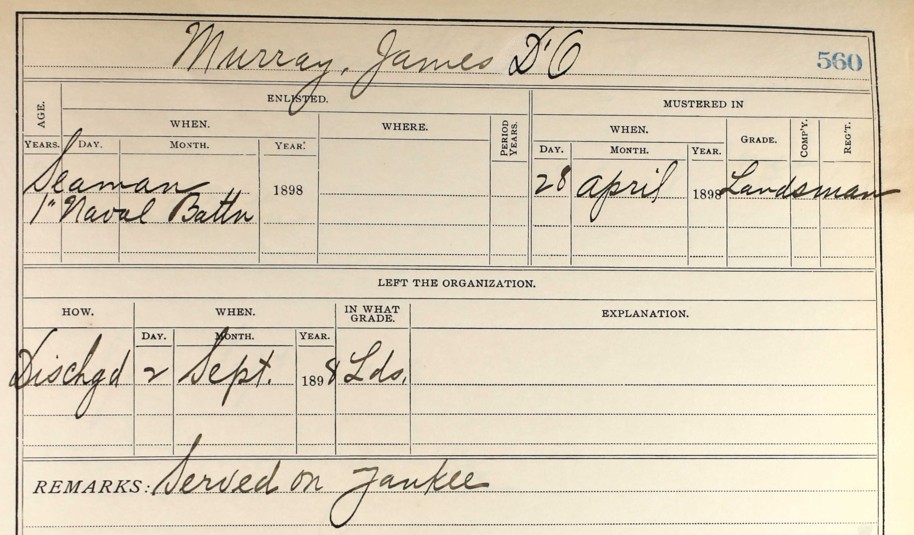
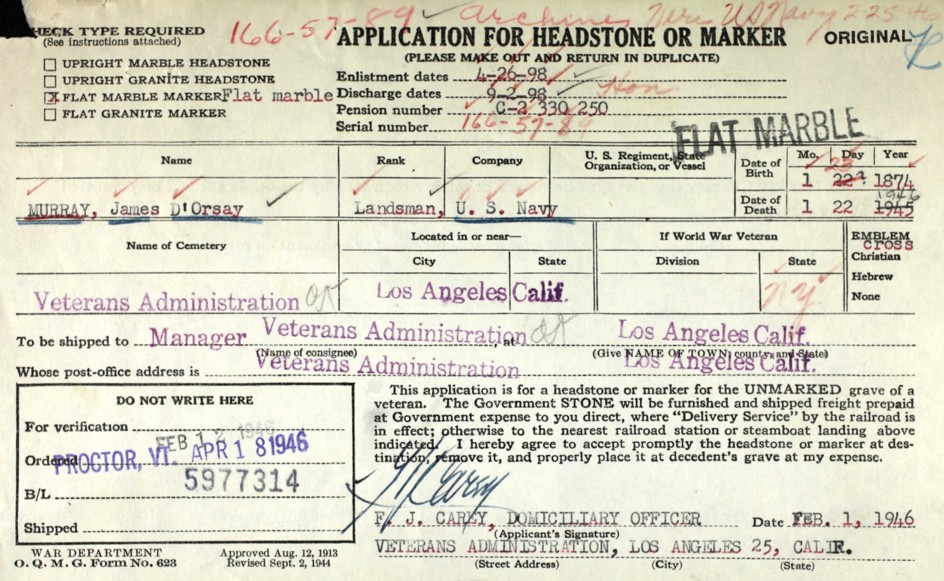




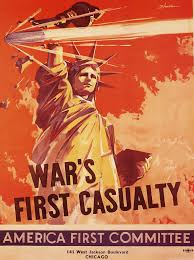
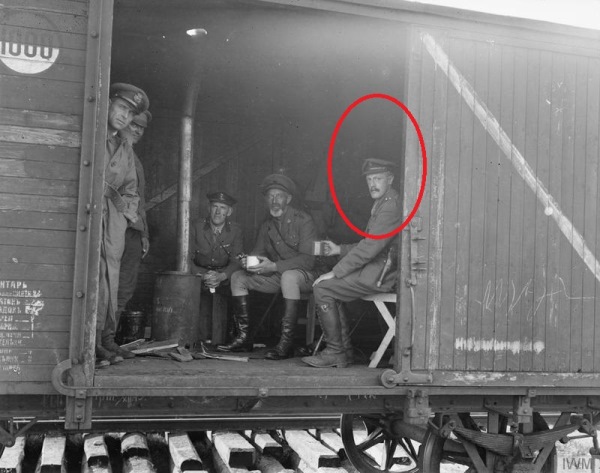
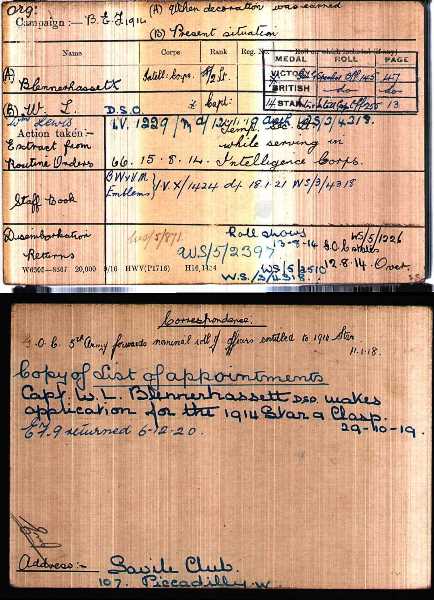

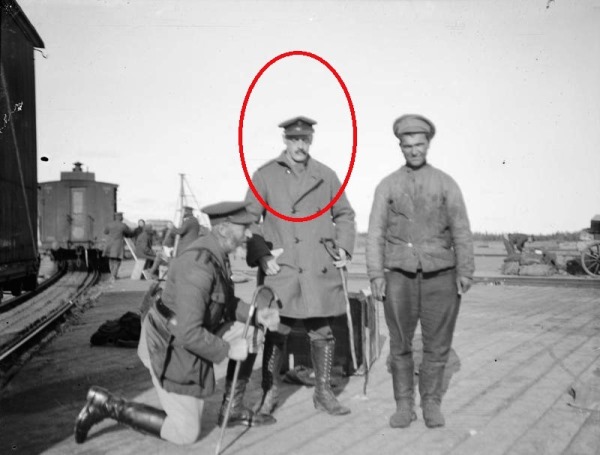

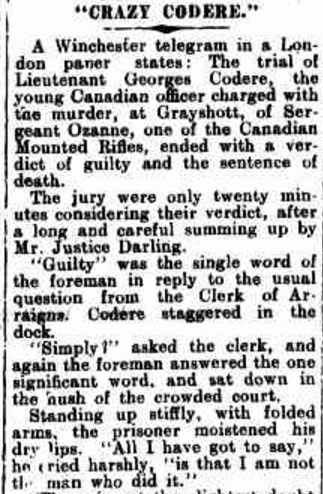


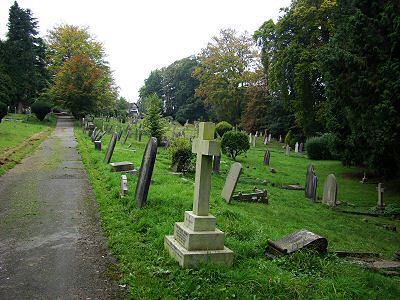
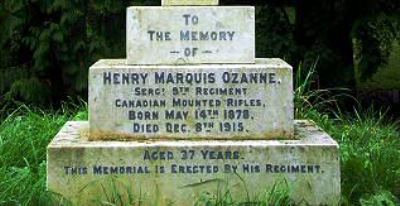

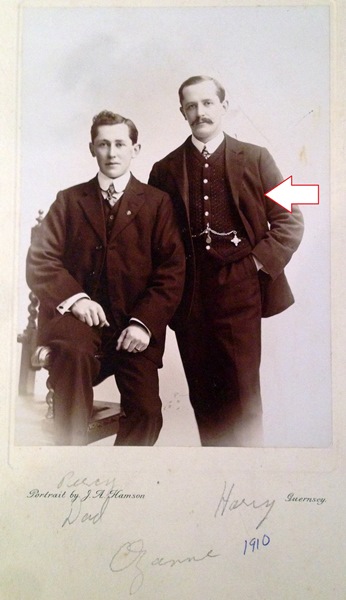
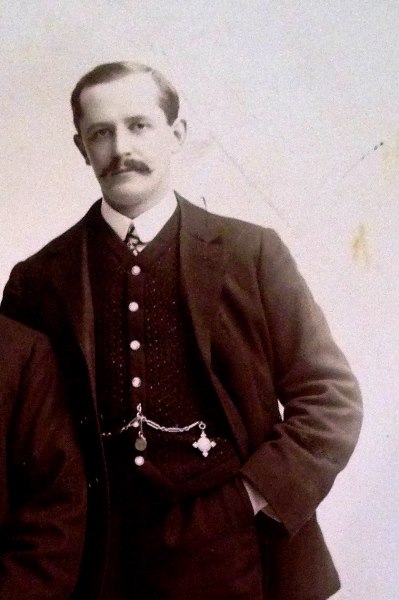
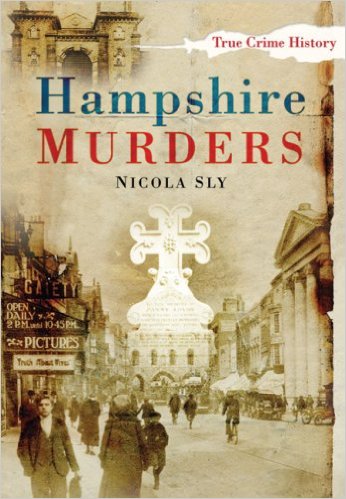
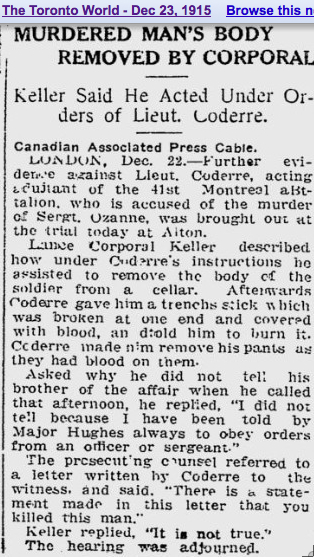
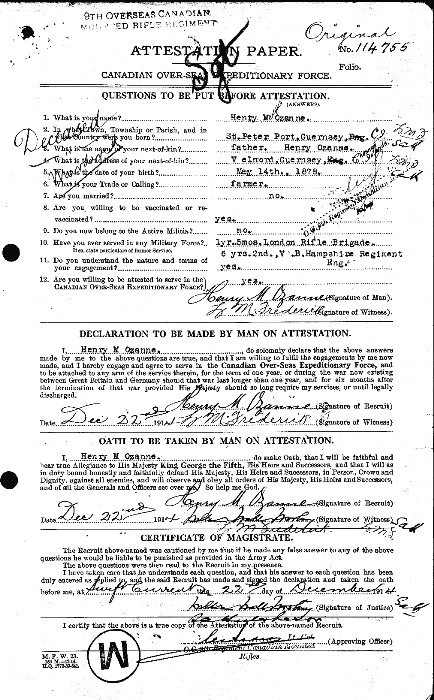
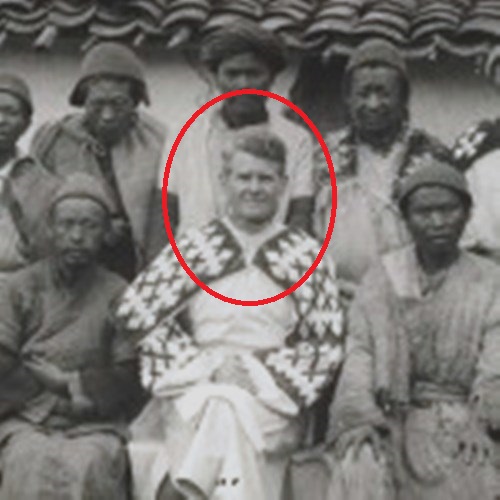
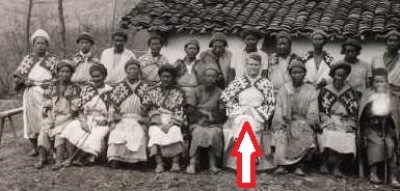

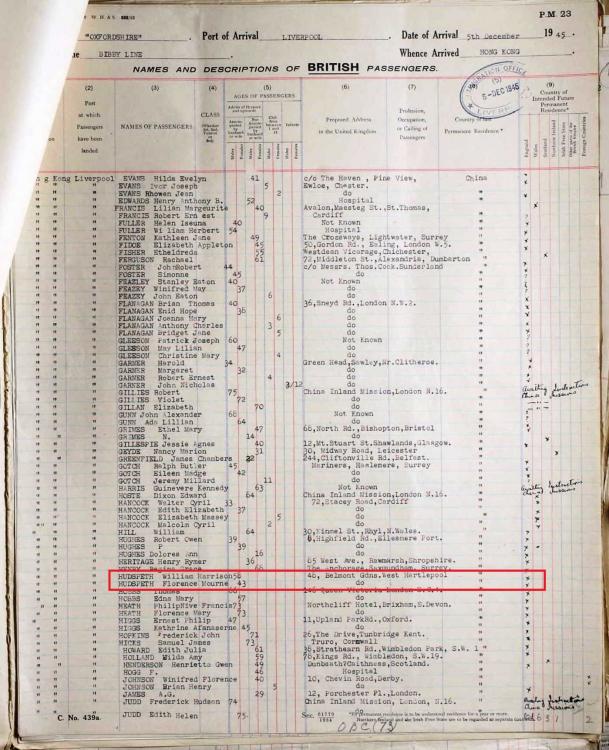

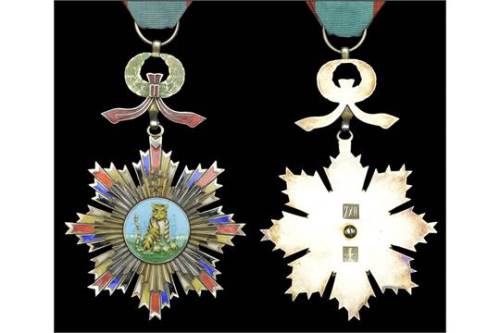
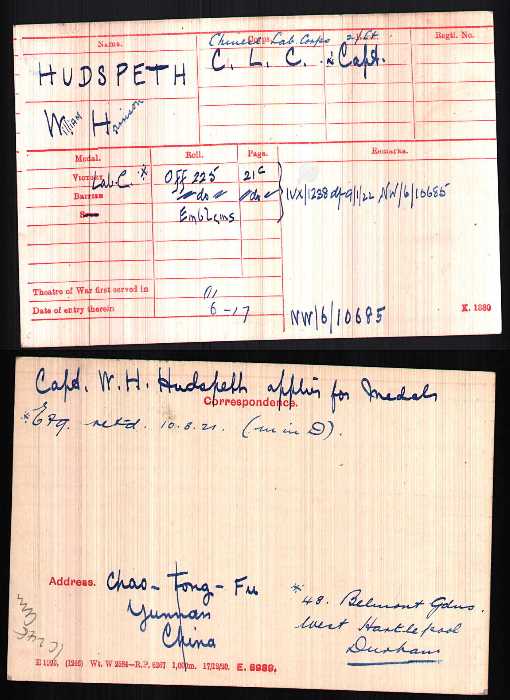
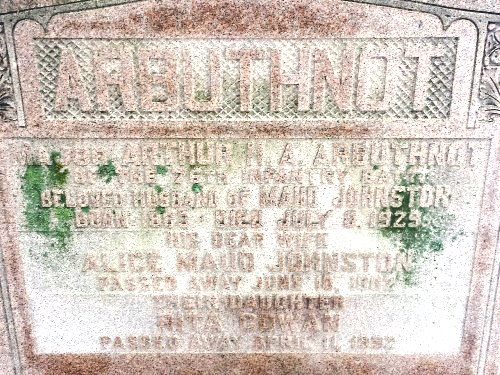
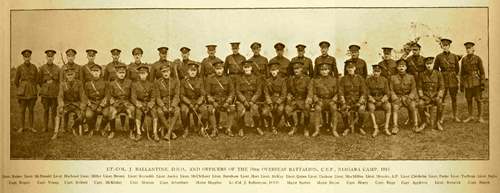
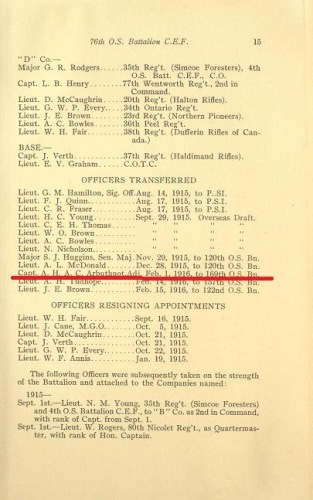

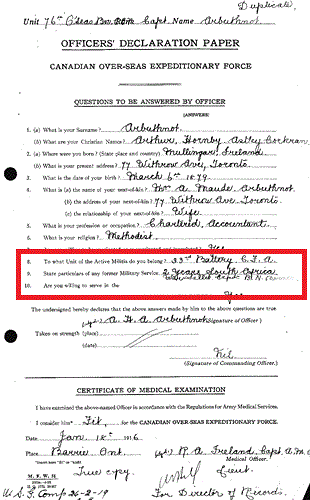


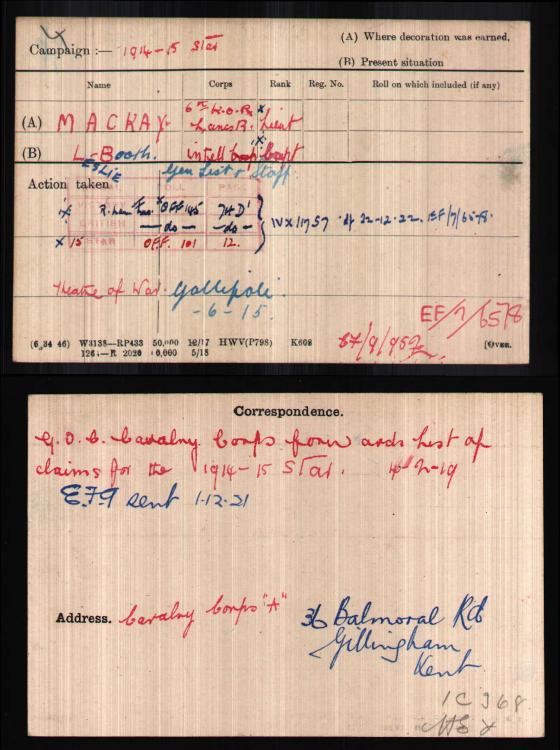
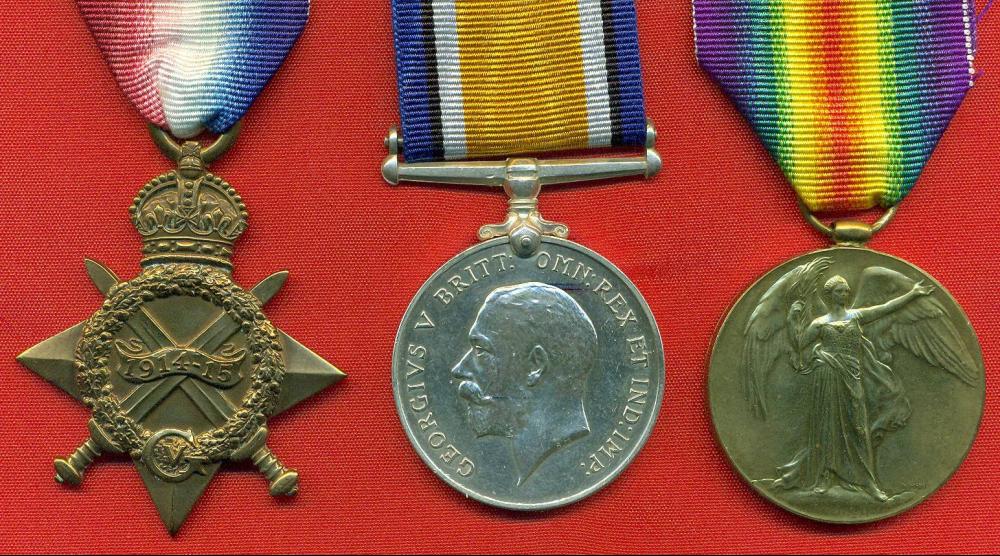
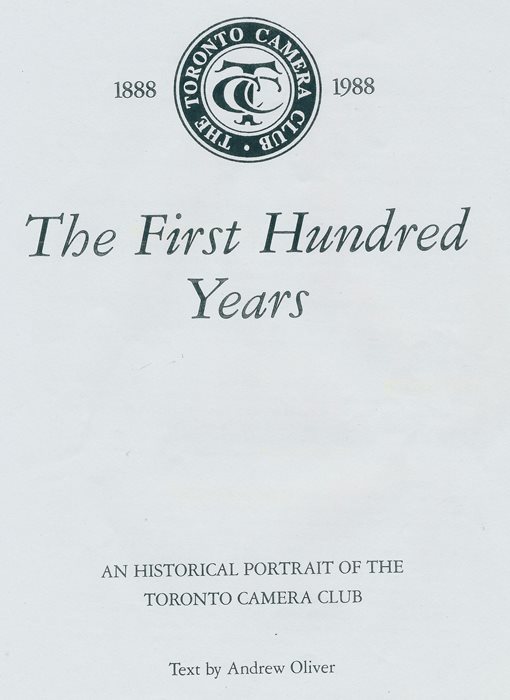
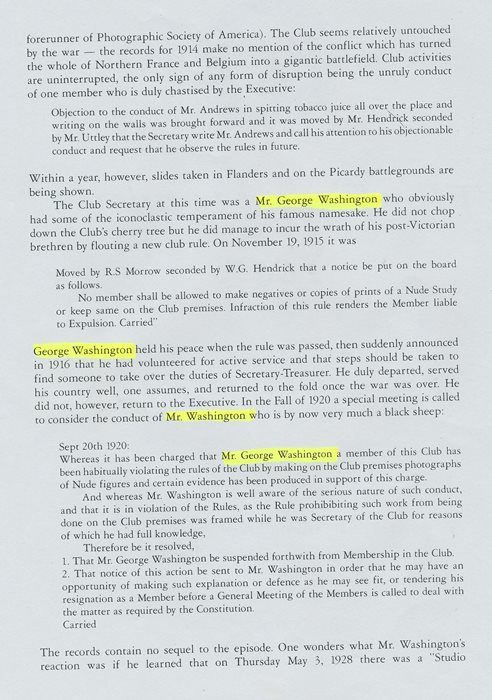
.jpg.4b40e12b185a72d1997159d303835961.jpg)
a.thumb.jpg.5894e724bdf9bd8da37017414688f28f.jpg)
